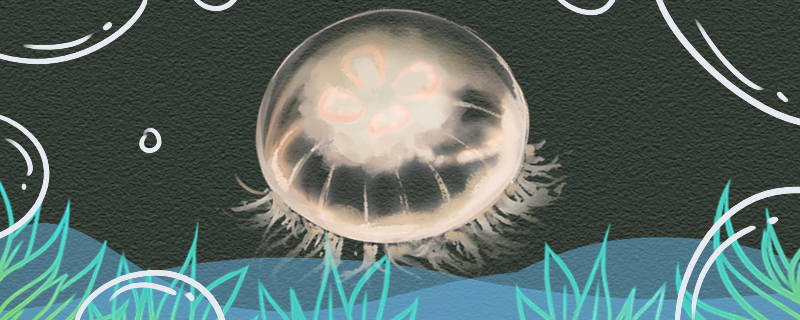
The moon jellyfish is a kind of jellyfish, and it is a typical kind of drifting jellyfish. Moon jellyfish, which live in the ocean, can reproduce, using sexual reproduction. In addition, the moon jellyfish can also be artificially raised, in this process can also be reproduced, but the way of reproduction is not the same, can be used in the way of artificial reproduction. In fact, when using these two ways to reproduce, the growth and development process of the moon jellyfish is the same, but the surrounding environment is different.
As mentioned above, the moon jellyfish can reproduce, but two different ways of reproduction can be used:
1. Wild moon jelly: Wild moon jelly living in the ocean can reproduce through sexual reproduction. Their larvae develop from tiny fertilized eggs. When they are in the larval stage, they have some cilia on the surface of their body, and they can swim with these structures. Then they will continue to develop until they are fully developed.
2. Artificially raised moon jellyfish: The moon jellyfish can be artificially propagated in two steps. The first step is called "breeding", which means starting from the fertilized egg of the moon jellyfish, cultivating it to its larval stage, and then cultivating it to the polyps. In this process, all stages of the moon jellyfish on the surrounding conditions are more demanding, especially the water temperature. The second step is "transplantation", which transfers the cultured polyps to a special breeding room and further cultivates them until they grow to adult form. This process takes a long time and needs to be nurtured patiently.